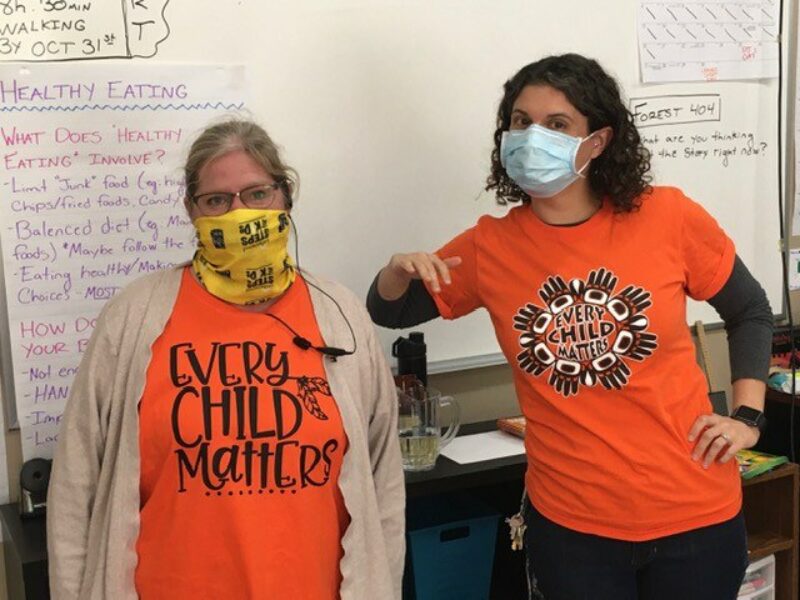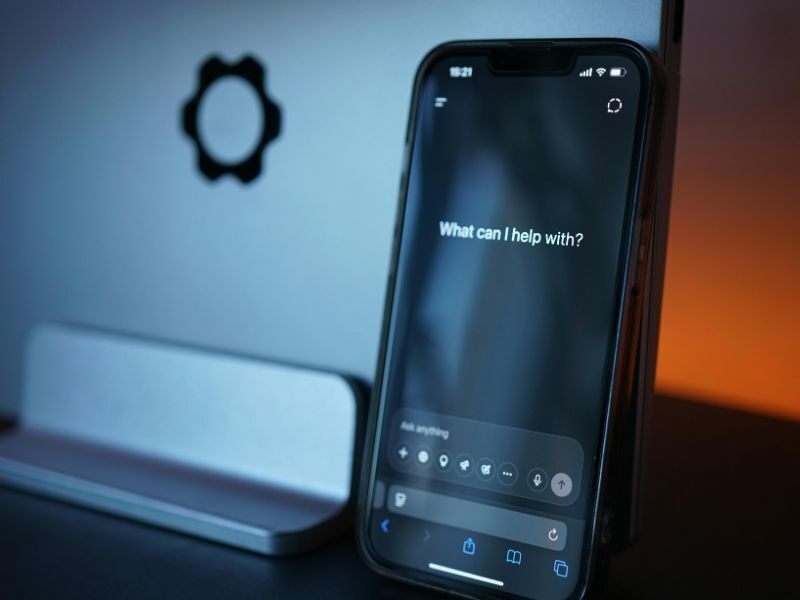What is Orange Shirt Day?


Orange Shirt Day is observed each September 30 to honour residential school survivors, those who did not survive, and their descendants. The origin of Orange Shirt Day is based on Phyllis Webstad’s story of entering an Indian Residential School in 1973 and having her new orange shirt removed from her and replaced with a school uniform. Her experience of having her orange shirt being taken from her is symbolic of all that was taken from Indigenous peoples as a result of Indian Residential Schools and is the reason we wear orange on September 30.
For over a century, Indian Residential Schools were used as a tool to assimilate Indigenous peoples into Canadian settler culture. Established in 1892 by the Canadian government, in partnership with churches, Indigenous children were often moved long distances from their families and forced to live at the schools. Once at school, Indigenous children were forbidden to speak their languages nor practice their cultures and traditions. Living conditions for students in Indian Residential Schools were harsh and there was often significant emotional, physical and sexual abuse of the students.
One of the ways Indigenous Canadians have been subjected to cultural genocide, is through the erasure of their history and the stories of their place on this land LONG before European settlers arrived. If you didn’t learn about Indigenous History or culture in school (I didn’t!) recognize that this is part of that cultural erasure—the notion that this land only has a history that is worth knowing once Europeans arrived. For me, as a teacher, part of my role in reconciliation is ensuring that my students learn about the full history of this land, the Indigenous peoples who have lived here for millennia, and the genocide that occurred in the creation of Canada.
The next step in our learning is to consider the lives of Indigenous peoples in Canada today. The history of Residential Schools is atrocious, but it is not the end of the story. First Nations communities continue to be impoverished (cut off from many of the resources most Canadian’s enjoy), Indigenous peoples continue to be overrepresented in prison populations, Indigenous women and girls are murdered in frightening numbers with seemingly little response from law enforcement, and Indigenous students (at all levels) struggle to access the sort of education most of us would assume is standard for any person living in our country. In other words, the cultural genocide started hundreds of years ago has not stopped and (as crazy it is to think) there are people in this country who are living in third world conditions. It’s truly mind blowing.
Today I encourage everyone to consider what is happening in our own community as Indigenous groups work to combat colonialism and move towards reconciliation. What can we do to support these groups and respect the need to move forward with reconciliation as a country—not just through words and symbolic gestures, but through tangible actions and changes?
Resources:
Video – Phyllis Webstad’s Story
Video – CBC: Explaining the word Indigenous to Kids
Video – Hereditary Chief Robert Joseph’s Story
Local Reconciliation – Land Back Camp
Instagram Feed
As a Better Jobs Ontario student, I found the help that I received at Starling to be invaluable. My employment counsellor helped me navigate through the application process in a friendly, supportive, kind and helpful manner. I just graduated from a diploma program and have been offered a job in my industry thanks to Starling's help. Thank you!












